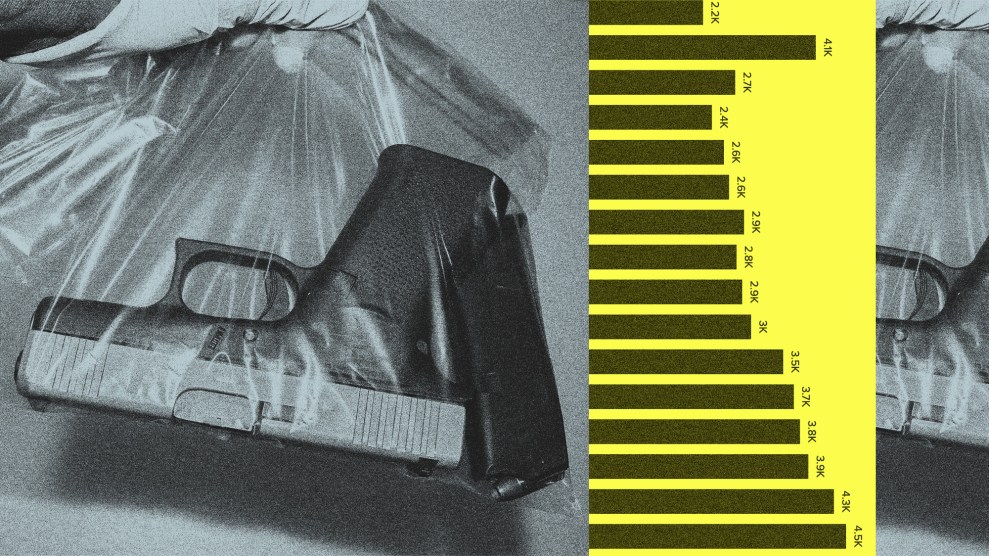The genetic engineering of farm animals raises all manner of vexing questions. And as gene tinkering applies to poultry, it even offers a reprise of the classic chicken-and-egg conundrum. To wit: Which came first, the chimera or the clone?
The answer lies with two biotech firms, California-based Origen Therapeutics and Embrex of North Carolina, that are fine-tuning a process to mass-produce genetically uniform chickens—an effort boosted last July by a $4.7-million federal research grant from the National Institute of Science and Technology. “This is not cloning, per se,” says Joan Kureczka, spokeswoman for Origen, “but it is a way to produce, on a large scale, the ideal bird.” By injecting embryonic stem cells cultivated from a grade-A chicken into dozens, thousands, or even millions of newly laid eggs, Origen and Embrex hope to suppress the eggs’ natural genetic makeup and create “chimeras”—chicks that are near carbon copies, genetically speaking. (The companies may have also produced a few identical matches, or true clones.) Such uniformity is a tantalizing prospect for a poultry industry eager to streamline production: The engineered fowl would mature at the same rate, require the same amount of feed, and taste exactly the same. The technology is still a few years, and a number of regulatory hoops, away from market. But don’t be surprised if KFC one day becomes an acronym for Kentucky Fried Chimera.











